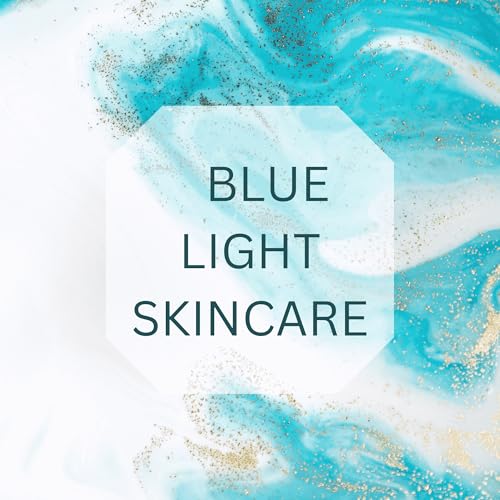
Protecting Your Skin: The Blue Light Debate Explained
カートのアイテムが多すぎます
カートに追加できませんでした。
ウィッシュリストに追加できませんでした。
ほしい物リストの削除に失敗しました。
ポッドキャストのフォローに失敗しました
ポッドキャストのフォロー解除に失敗しました
-
ナレーター:
-
著者:
このコンテンツについて
The primary focus of this podcast episode is an in-depth exploration of the effects of blue light on skin health, particularly in relation to the proliferation of skincare products claiming to mitigate its impact. We scrutinize the scientific evidence surrounding blue light exposure, especially as it pertains to our ubiquitous use of digital screens. A salient point emerges: while the sun is the predominant source of blue light and its associated risks for skin aging, the cumulative effects of prolonged screen time, particularly in close proximity, warrant consideration. We delve into the mechanisms by which blue light may contribute to skin issues, including oxidative stress, pigmentation, and circadian rhythm disruption. Ultimately, we propose practical strategies for protection and mitigation, emphasizing the importance of tinted sunscreens and antioxidants to safeguard against potential harm from both natural and artificial light sources.
A comprehensive exploration of the implications of blue light exposure on skin health has been undertaken, scrutinizing the burgeoning market of skincare products that claim to mitigate the effects of digital screens. The discussion elucidates the origins and characteristics of blue light, particularly high-energy visible light (HEV), which is emitted not just by electronic devices but predominantly by sunlight. The speakers dissect the scientific evidence surrounding the notion that prolonged exposure to screens may lead to skin aging, weighing the credibility of marketing claims against empirical data. They reveal that while screens do emit blue light, the intensity is vastly inferior to that of sunlight, raising critical questions about the validity of various skincare products designed to combat screen-induced damage. Through referencing pertinent studies, including a revealing 2021 Beiersdorf research, the dialogue emphasizes that typical screen exposure generates a negligible amount of blue light energy, suggesting that concerns about digital devices may be overstated and largely fueled by marketing strategies rather than scientific substantiation. The episode ultimately calls for a nuanced understanding of blue light, encouraging listeners to consider factors such as duration and proximity of exposure, which may indeed pose risks for skin health, particularly regarding pigmentation issues and circadian rhythm disruption.
Takeaways:
- The primary source of blue light exposure for skin is sunlight, not screens, which is significant for understanding its effects.
- Research indicates that blue light from screens does not emit enough energy to cause immediate skin damage but could contribute to long-term effects.
- The cumulative exposure to blue light from screens, due to proximity and duration, may impact skin pigmentation and overall skin health.
- Wear tinted sunscreens containing iron oxides to provide enhanced protection against blue light-induced hyperpigmentation and skin damage.
- Antioxidants, such as niacinamide and vitamin C, are essential for mitigating potential blue light damage to skin cells.
- Prioritize sleep to support skin repair processes, as blue light exposure at night can hinder the skin's natural regeneration.
Companies mentioned in this episode:
- Beiersdorf
- Truth in Advertising DNA


